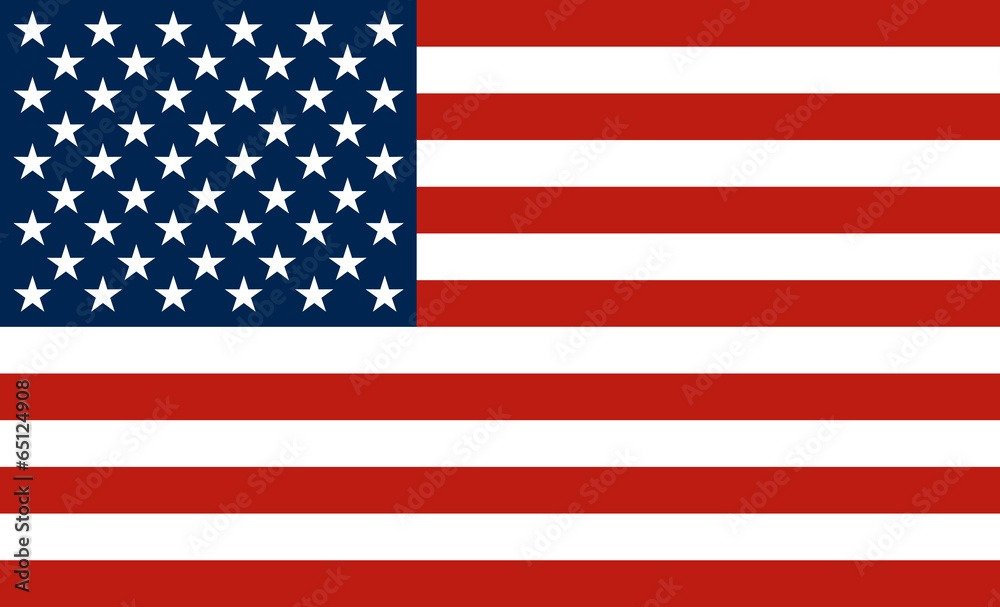
How old is the usa?
Introduction
How old is the usa? The age of the United States reflects not just the years since its independence but also its evolution through diverse and transformative periods. This article provides an in-depth look at the key historical events that have contributed to the nation’s development.
The Colonial Era
Early Settlements
The history of what is now the United States begins long before the Declaration of Independence. Early settlers arrived from Europe in the early 17th century, establishing colonies along the eastern seaboard. The English, Dutch, French, and Spanish were among the primary European powers vying for control of these new territories.
In 1607, the English founded Jamestown in Virginia, the first permanent English settlement. This was followed by the establishment of Plymouth Colony by the Pilgrims in 1620. The Dutch founded New Amsterdam (now New York City) in 1624, and the French settled in Quebec, Canada, and parts of the Mississippi Valley.
Colonial Life and Economy
Colonial life was diverse, with different regions developing unique economic and social structures. The New England colonies were known for their maritime activities, including fishing and shipbuilding, while the Southern colonies relied heavily on agriculture, particularly tobacco and cotton plantations.
The economy of the colonies was also shaped by trade, both within the Americas and with Europe. The Triangular Trade, which involved the exchange of goods and slaves between Europe, Africa, and the American colonies, played a significant role in shaping the colonial economy.
Path to Independence
Growing Dissent
How old is the usaL: By the mid-18th century, tensions between the American colonies and the British government began to escalate. Issues such as taxation without representation and British interference in colonial affairs led to growing dissent among the colonists.
Key events that fueled the desire for independence included the Stamp Act of 1765, which imposed direct taxes on the colonies, and the Boston Tea Party of 1773, a protest against the Tea Act that granted the British East India Company a monopoly on tea sales in the colonies.
The Declaration of Independence
On July 4, 1776, the Continental Congress adopted the Declaration of Independence, a historic document authored primarily by Thomas Jefferson. This declaration formally announced the colonies’ intention to break away from British rule and establish themselves as an independent nation.
The Declaration of Independence outlined the philosophical justification for independence, asserting the colonies’ right to self-government and listing grievances against King George III. The document is a cornerstone of American democracy, embodying the principles of liberty and equality.
The Revolutionary War
Major Battles and Strategies
How old is the usa: The American Revolutionary War, fought from 1775 to 1783, was a pivotal conflict that determined the fate of the newly declared United States. Major battles included the Siege of Boston, the Battle of Saratoga, and the Siege of Yorktown.
The American strategy, guided by leaders like George Washington, focused on avoiding large-scale confrontations with the British and leveraging guerilla tactics and alliances with foreign powers, notably France. The French support, both military and financial, was crucial to the American victory.
The Treaty of Paris
The war officially ended with the signing of the Treaty of Paris in 1783. This treaty recognized American independence and established the boundaries of the new nation. It also stipulated that Britain relinquish claims to territory south of Canada and east of the Mississippi River.
The Treaty of Paris marked a new beginning for the United States, but it also left unresolved issues and challenges for the fledgling nation.
Forming a New Nation
The Articles of Confederation
The first governing document of the United States was the Articles of Confederation, adopted in 1781. The Articles created a loose confederation of states with a weak central government. This system proved inadequate in addressing economic problems, interstate disputes, and security concerns.
The Constitutional Convention
In response to the shortcomings of the Articles, the Constitutional Convention was convened in 1787. The result was the United States Constitution, which established a stronger federal government with separate executive, legislative, and judicial branches.
The Constitution was ratified in 1788, and George Washington became the first President of the United States under the new framework. The Bill of Rights, the first ten amendments to the Constitution, was adopted in 1791 to address concerns about individual liberties.
The Early Republic
Washington’s Presidency
How old is the usa: George Washington, a key figure in the American Revolution, served as the first President of the United States from 1789 to 1797. His leadership helped establish many of the precedents and practices of the executive office.
Washington’s presidency was marked by efforts to stabilize the young nation, including addressing the national debt, establishing a sound currency, and navigating foreign relations.
The War of 1812
The War of 1812, fought between the United States and Britain, was a significant conflict in American history. Causes included British interference with American shipping and the impressment of American sailors. The war ended with the Treaty of Ghent in 1814, restoring pre-war boundaries and resolving some issues but leaving others unresolved.
The war fostered a sense of national pride and identity, and the successful defense of New Orleans, led by Andrew Jackson, became a symbol of American resilience.
Expansion and Reform
The Louisiana Purchase
How old is the usa: In 1803, the United States purchased the Louisiana Territory from France, doubling the size of the nation. This acquisition, negotiated by President Thomas Jefferson, was a significant milestone in American expansion and opened up vast new lands for settlement and development.
The Civil War and Reconstruction
The mid-19th century was marked by intense conflict over issues such as slavery and states’ rights. The Civil War, fought from 1861 to 1865, was a defining event in American history. The war resulted in the abolition of slavery and significant changes to the nation’s political and social fabric.
The Reconstruction era, which followed the war, sought to rebuild the South and integrate formerly enslaved people into society. This period was marked by significant challenges, including racial tensions and political struggles.
The Industrial Age
Economic Growth and Innovation
The late 19th and early 20th centuries saw rapid industrialization and economic growth. Innovations such as the telephone, electric light, and automobiles transformed American life and economy. Figures like Andrew Carnegie and John D. Rockefeller played pivotal roles in shaping the industrial landscape.
Social Changes and Labor Movements
The Industrial Age also brought significant social changes and labor movements. Workers organized strikes and unions to fight for better wages, working conditions, and workers’ rights. The Progressive Era, which began in the early 20th century, sought to address social inequalities and reform various aspects of American society.
World Wars and Global Influence
World War I and Its Aftermath
The United States entered World War I in 1917, playing a crucial role in the Allied victory. The post-war period saw significant changes, including the Treaty of Versailles and the League of Nations. The Roaring Twenties and the Great Depression followed, shaping the nation’s economic and social landscape.
World War II and the Rise of Superpower Status
World War II was another pivotal conflict for the United States. The country’s involvement was marked by major events such as the attack on Pearl Harbor and the subsequent military campaigns in Europe and the Pacific. The war ended with the U.S. emerging as a global superpower, leading to the establishment of international institutions like the United Nations and the beginning of the Cold War.
Modern America
The Cold War Era
How old is the usa: The Cold War, spanning from the late 1940s to the early 1990s, was characterized by political and military tension between the United States and the Soviet Union. This period saw major events such as the Cuban Missile Crisis, the Korean War, and the Vietnam War. The end of the Cold War marked a significant shift in global dynamics.
The Post-Cold War Period and Recent Developments
In the post-Cold War era, the United States has faced various challenges and changes, including the 9/11 attacks, the War on Terror, and economic recessions. The nation continues to evolve, grappling with issues such as political polarization, technological advancements, and its role in global affairs.
Conclusion: How old is the usa?
How old is the usa? The age of the United States reflects its journey from a collection of British colonies to a global superpower. This history is marked by significant events, transformative changes, and the ongoing development of its democratic institutions. As the U.S. continues to evolve, its rich history provides a foundation for understanding its present and shaping its future.
Frequently Asked Questions
Q:1 How old is the United States?
A:1 As of 2024, the United States is 248 years old, having been founded on July 4, 1776.
Q:2 What was the main cause of the American Revolution?
A:2 The main causes included taxation without representation, British interference in colonial affairs, and a desire for greater autonomy.
Q:3 When was the Declaration of Independence adopted?
A:3 The Declaration of Independence was adopted on July 4, 1776.
Q:4 What was the significance of the Treaty of Paris 1783?
A:4 The Treaty of Paris 1783 officially ended the American Revolutionary War and recognized American independence.
Q:5 What were the Articles of Confederation?
A:5 The Articles of Confederation were the first governing document of the United States, creating a weak central government and giving most powers to the states.
Q:6 How did the Industrial Age impact America?
A:6 The Industrial Age brought economic growth, technological innovation, and social changes, including labor movements and shifts in societal structures.
Q:7 What were the major outcomes of World War II for the United States?
A:7 World War II established the U.S. as a global superpower, led to the formation of international institutions like the United Nations, and marked the beginning of the Cold War.
Q:8 What are some key events in modern American history?
A:8 Key events include the 9/11 attacks, the War on Terror, and recent political and social developments.
See More










